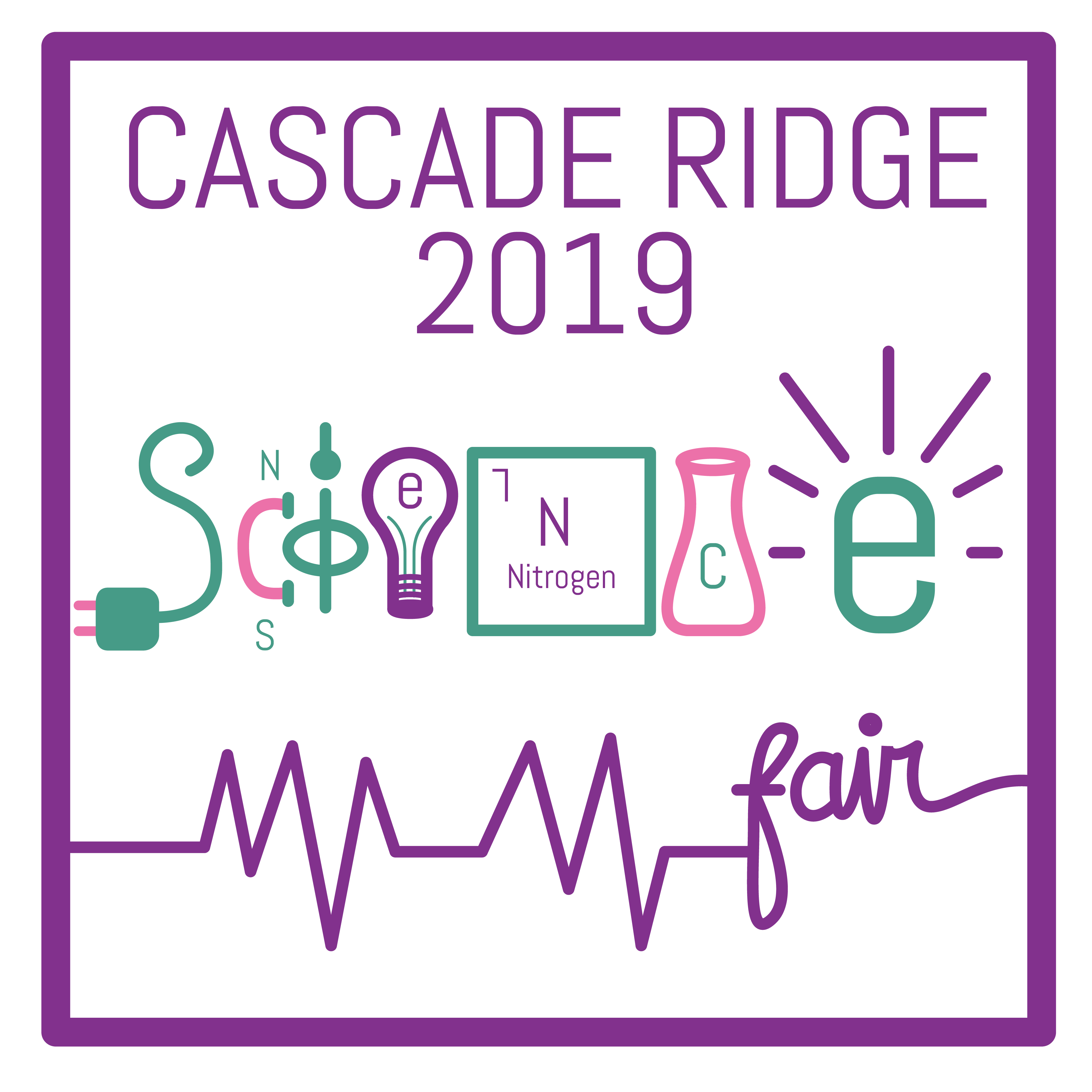

| Home | Register | Schedule | Topics | KG-4th | Classes | Display | Photos | Contact |

Participation in the science fair is a mandatory part of the curriculum for all 5th graders, and teachers will be grading the projects. The packet of information from your teacher, which contains due dates and worksheets for each part of your project, is available for download here:
If you would like to type your notes, editable documents are available for download here:
Step 2: Topic/Question/Hypothesis
Step 3: Research Notes and Bibliography
5th graders must do an investigation science project. This involves asking a question about the world around you, and then finding out the answer using the scientific method. This means that you will perform a series of tests or experiments where you manipulate (change) one variable in order to determine how that variable affects the results. There are several parts to an investigation, and each part is described in detail below. Once you have all the parts together, check out our presentation tips for suggestions on how to lay out your project display board.
Don't forget to have fun as you are going through this process! The best way is to choose a topic that you are genuinely curious or excited about.
Be safe. Do not use any potentially dangerous materials without adult supervision, and do not harm any people or animals during your experiments. You may not bring any animals or dangerous materials to school as part of your display.
Title
Purpose (Background or discovery statement.)
Question (What do you want to find out?)
Hypothesis (What is your guess?)
Materials (What you need.)
Diagrams (A visual representation.)
Variables (What is constant, changing, and being measured?)
Procedure (What you need to do.)
Data and Results (What you saw.)
Conclusion (What was discovered.)
Discussion (Use what you discovered to answer questions.)
Bibliography (Where did you learn about your topic?)
Remember: Your project is a success whether or not your results agree with your hypothesis. The experiment will have taught you something, and that's what matters. This is the case for real scientists who often stumble unexpectedly on results they did not expect. The discovery of penicillin (the class of medicines which help clear up bacterial infections) is an example of an unexpected result which was a huge breakthrough in medical science.